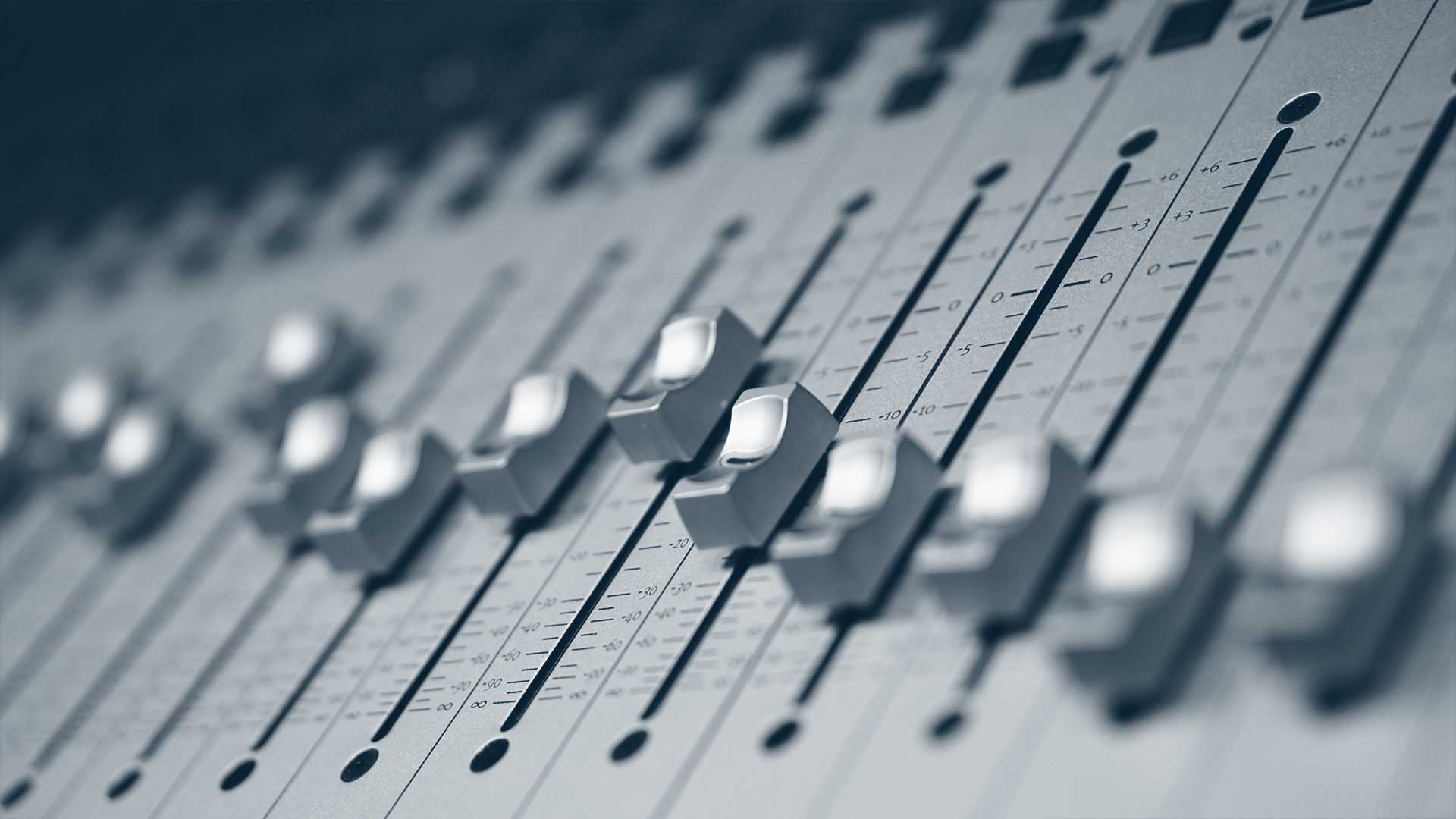3 Things to Consider for Mobile Recording
Now more than ever we have the option to do mobile recording. This is really exciting. No longer are we limited to a conventional recording studio space.
Currently I’m recording an album in the childhood home of artist Abby Ahmad. The project has been dubbed the Family Tree Record. We also did a session at her grandparents long time home. Places where many memories reside.
Recording this required a few considerations. Depending on how you’re traveling, you may not have access to all the goodies available in your main studio.
For our project we filled up an old Buick LeSabre and headed to the country. We had to pack all the instruments as well as recording gear. Lists were made and modified.
Most of us know the obvious things to bring. Microphones, audio interface, monitors, cables, iLok, etc..
But when recording in less than traditional settings we have to be prepared to bring some less obvious items as well.
- Mic Choice
Often we pick a mic on sound alone. When you’re recording in a new environment, it’s good to be aware of microphone polar patterns.
I like to have a few mics that have a tight polar pattern and a few that have a wider polar pattern.
Seems pretty obvious right? The rooms you’ll be tracking in most likely wont be treated. Sometimes having a mic in omni can pick up too much unwanted information from the space.
I always have a few dynamic mics in my bag. Something like the RE20 is a good example. You may even use it on a variety of instruments.
For instance, we were recording an acoustic guitar for a song called “Two” for the Family Tree Record. It required a tight guitar sound.
I put up the Fat Head II ribbon I prefer. The mic needed to be close, but there was too much proximity effect. As I backed it off, the figure 8 pattern was letting too much of the room in. The space was pretty reverberant.
I wasn’t digging a condensor either. I decided to try what would make some cringe. I placed a 57 about a foot or so back. I ran that into the UAD 1073 pre and UAD Studer. Sounded great with a lot of room rejection.
Mono miking wasn’t cutting it though. I found a spot for that Fat Head Ribbon. Above the guitarist (Abby’s) head pointing down towards the bridge. These two mics and positions complimented each other well.
Moral of the story? Have mics not just for sound, but for what they can reject. Don’t underestimate the power of dynamic mics.
- Power
Power strips, extension cables and power conditioners are a must have for mobile recording. You’ll need them in abundance.
You never really know what the power situation is going to be until you get there. The first location we tracked at was really great with all things power. It was clean and easily accessible. I used a few power strips and a couple of extension cables.
The second location was a much older house. There were very few grounded outlets. This meant much longer cable runs needed to be made. The power was dirty too. This limited our use of guitar amps.
If you’re going to be recording in old houses (or anywhere for that matter), perhaps it would be a worthy investment to get one of these. It may be big and heavy (and expensive), but you wont have any problems.
Make sure to account for all the devices that need to be plugged in. Including mobile devices that need charging.
- Tape
About now, all you studio rats are about to start deliberating which tape machine you would take for a mobile record. Well, hang on. I’m not talking about that kind of tape. We’re not talking Ampex or Studer. We’re talking gaffer’s tape and painter’s tape.
There are going to cables running all over the place. You have to tape everything down. There will be no patch bays on the wall.
Tons of trip hazards all around. On floors I use gaffer’s tape. When I have to secure something to a wall or furniture I use painter’s tape. 3M 2090 will be perfect.
Since you’ll likely be inhabiting someone else’s personal space, you have to be cautious about not using anything that will leave residue or take a finish off.
It’s important that when you leave, the only thing remaining is that musician herbal scent. <wink>
I know these items seem to be really simple. Oftentimes when packing to record in mobile environments, the simple things can be forgotten.
I always advise to make a list several days in advance. Give yourself a few days to review the list. You can’t bank on the fact there will be a music store nearby. Or even a hardware store.
Original post: http://theproaudiofiles.com/mobile-recording-studio/
